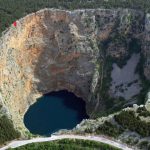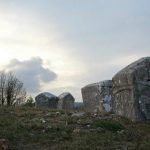Interest in inland Dalmatia is increasing. TCN is delighted to welcome Filipa Marusic to the team on March 2, 2016, with an opening article looking at renewed interest in the heritage and traditions of Imotski.
Croatia is getting more and more recognisable as one of the top tourist destinations in Europe, and it has finally started to develop more and more complex tourism services for demanding markets. At the same time, no matter what the development focus is (starting from tourist boards on national and local level to small family owned businesses and big tour operators) the main destinations for incoming tourists are still coastal towns and islands which get the most attention, even if they don’t try hard to go the extra mile for the guests. While for coastal towns in Croatia it is easy to become a popular tourist spot, destinations off the beaten path, such as Inland Dalmatia have trouble attracting people to visit in the first place, and giving them extra value during their stay.
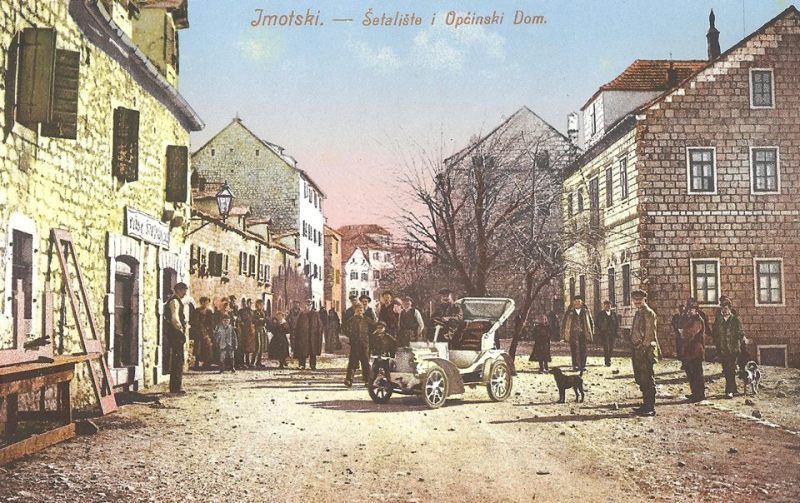
There are signs this might be changing, as trends in tourism are changing and people are more interested in seeing the genuine Croatia, less touristy areas and places where they can see something the average visitor to Croatia will not have the opportunity. A few years ago if somebody mentioned ‘inland’, the average incoming tourist would have had little clue about the region. Now, the situation has changed – more and more guests are eager to discover places off the beaten path, enjoy gastronomy and culture of little towns and villages – all of them located in the Dalmatian hinterland.
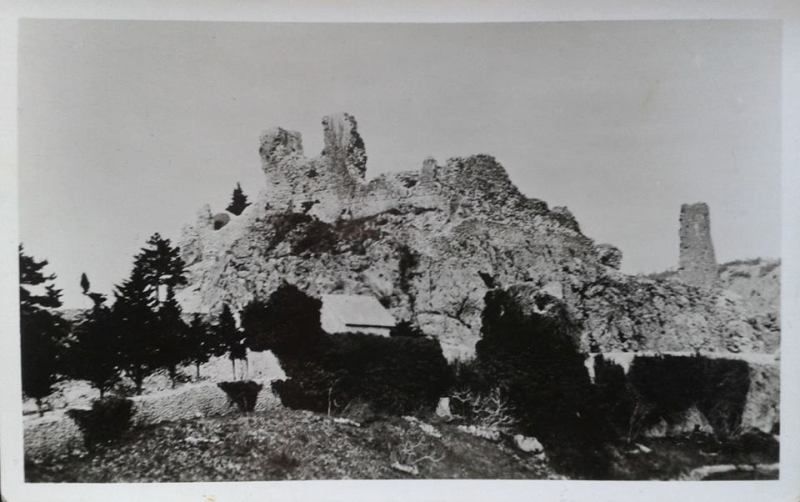
With increasing tourism and growing interest for inland Dalmatia, the small destination of Imotski is becoming known as a town which is recognised for its rich cultural and gastronomic heritage that has not yet been properly developed. Fortunately, there are more and more efforts to save all the town’s traditions from oblivion.
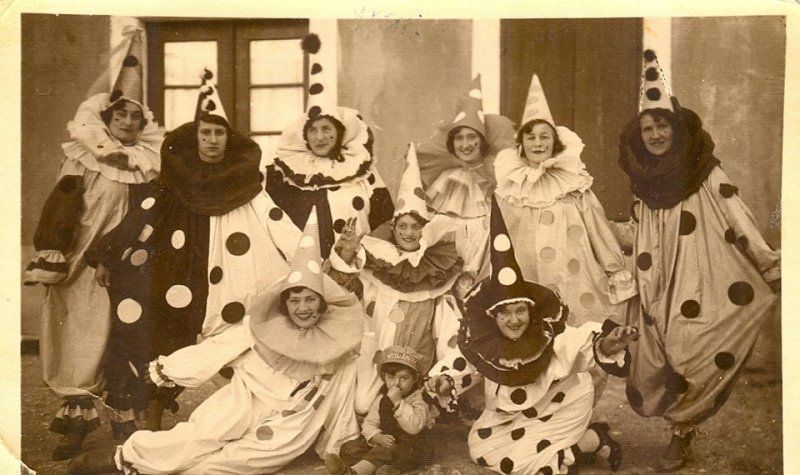
This picturesque town is located above the fruitful Imotski plain and was first mentioned in 10th century, while there are some findings from prehistory too. The most interesting historical period is definitely the 15th century when the area was conquered by the Ottoman Empire and it was freed by local people in 18th century. The day of liberation (on the day of the patron saint – Our Lady of Angels) is celebrated every year on August 2nd. Imotski got its recognisable image during 19th and early 20th century when influential notable families built their residences and lived life in line with European trends of that time. All the residences can be considered as architectural achievements of the time as all of them had a living room, large bedrooms, library, and reception room,wine cellars and gardens.
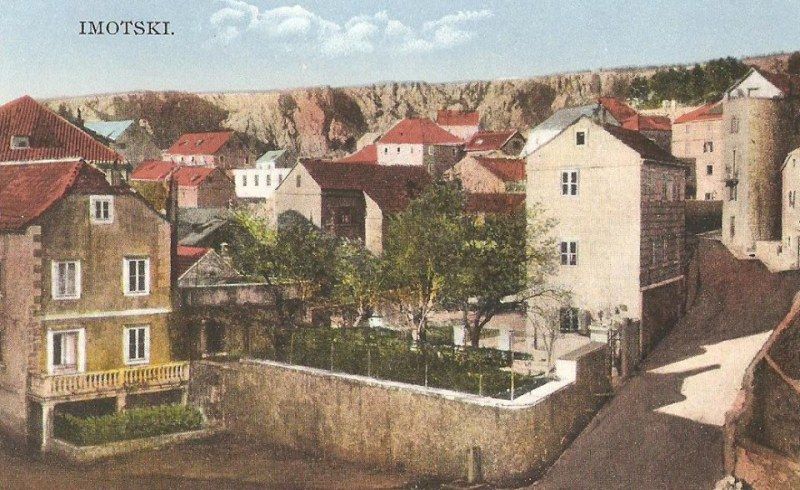
An important building for the history of Imotski and its heritage is the old fortress Topana which played an essential role in defending Imotski. The town can also be proud of its natural heritage – its scenery is dominated by two karst lakes – Blue and Red lake.
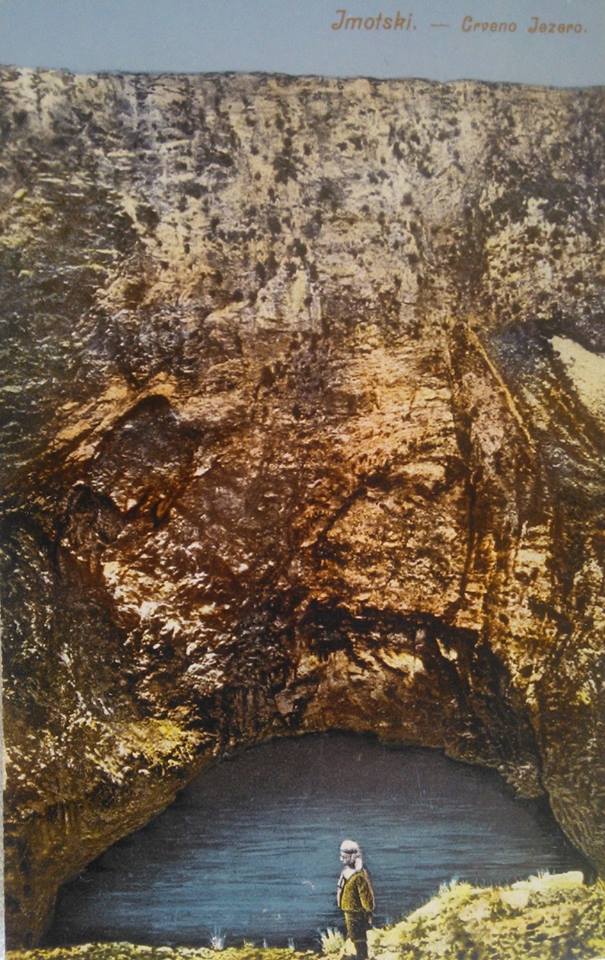
Imotski’s rich cultural heritage is well preserved due to the fact all the traditions were carefully kept through the generations of local families. Starting from various local legends to rich gastronomic heritage, Imotski has variety of traditions to be proud of. This article will present the traditions and the heritage of Imotski.
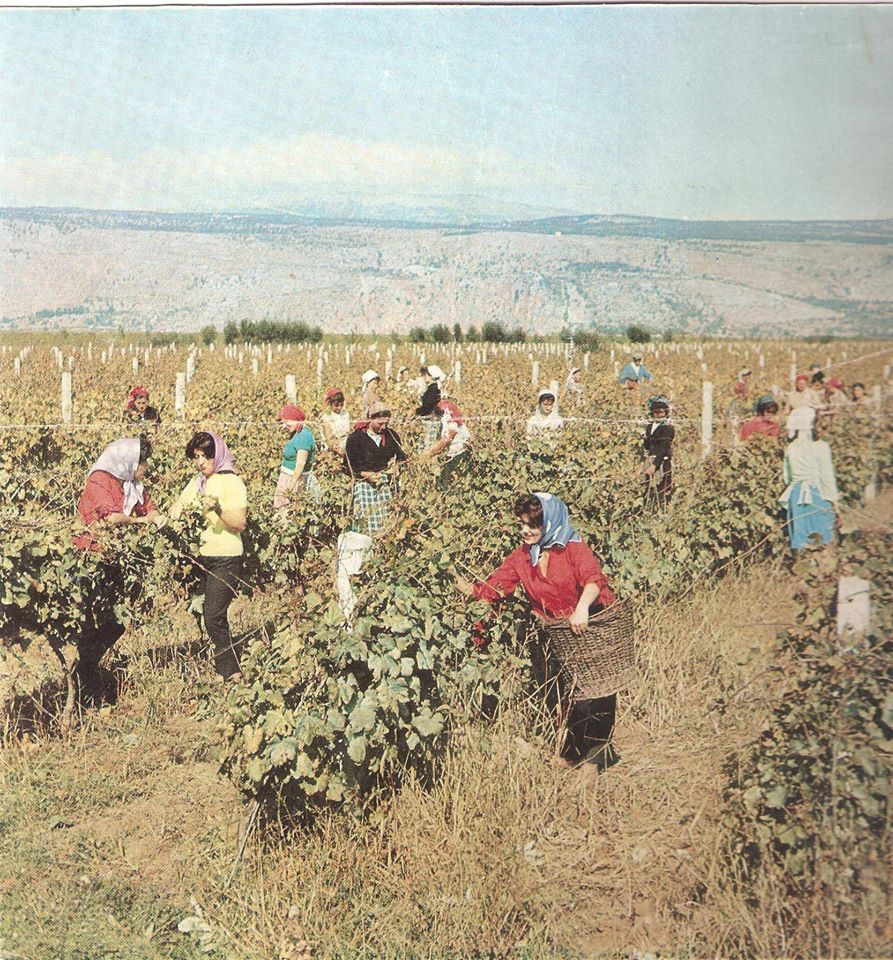
People of imotski, known as witty and clever people, decided in the last few years to present their agricultural traditions and offer both tourists and locals the opportunity to taste wine from grapes grown on local fields. The specialty sort of the region is authentic Kujundžuša (meaning golden in local dialect – the name origins from Turkish word for goldsmiths). It started slowly, but with constant promoting, developing interesting tours and activities and with the new tunnel to the Makarska Riviera, wine tasting tourism is booming.
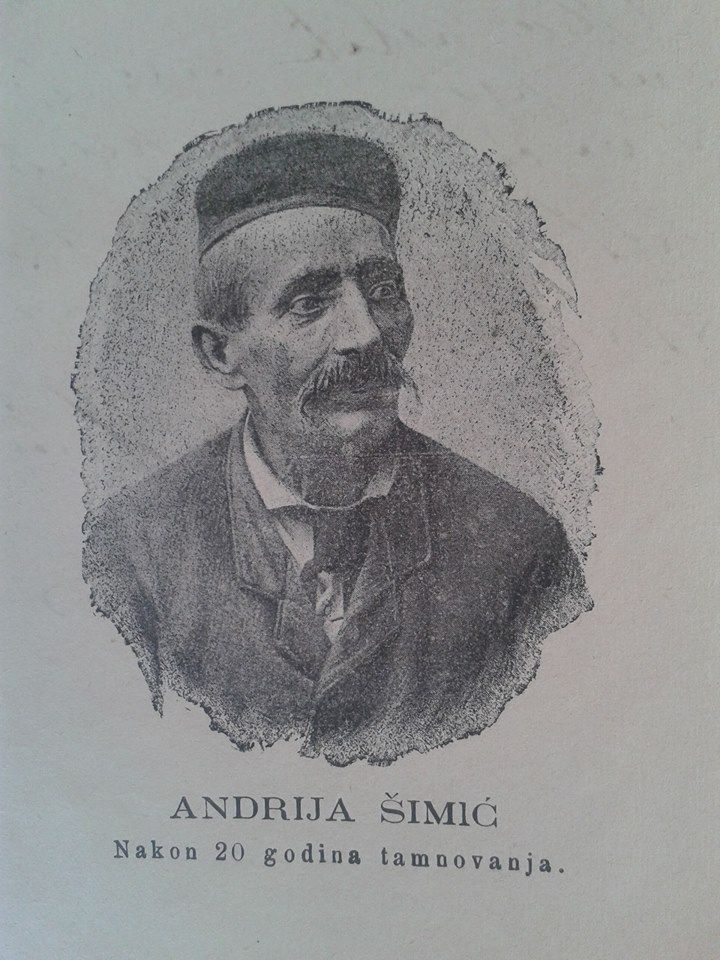
Imotski is becoming a destination for wine tourism – through the efforts of local wine makers and six registered wineries who try to present their story. Everyone who has visited Imotski and had been on wine tasting tour had the most amazing experience and wanted to come back. Wine makers try hard to present their wine in the best locations – some have wineries right next to their vineyards in the Imotski plain, while some greet the guests in an authentic wine cellar which was used as a cellar more than 100 years ago.
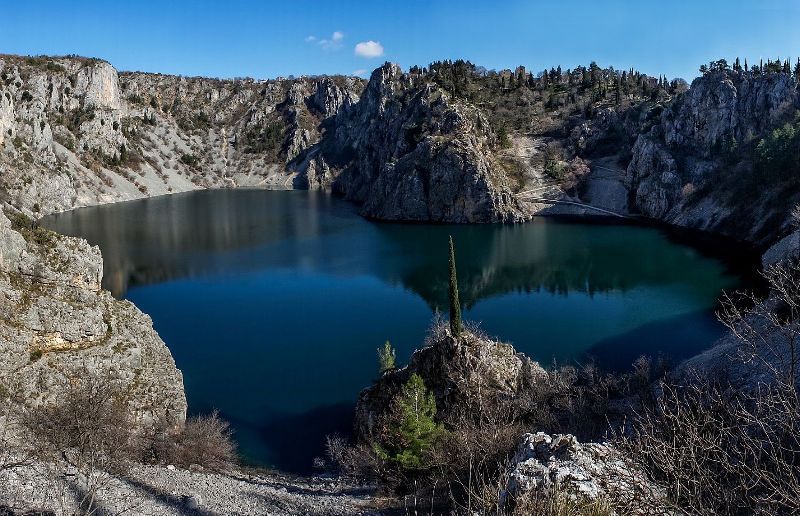
Apart from wine tasting activities in an area some call the Croatian Tuscany, there are tours which combine nature and active tourism (buggy tours, paintball, kayak tours, bike tours). There are also specialty tours like cooking classes where one can learn how to make actual Dalmatian peka and later eat it, which is basically living like a local and reviving traditions at the same time.
Followed by tourism products which often include local food, there are even more of gastronomic traditions that should be presented. Locals are proud of their food and usually they will never give out their recipes for local dishes. Local food is varying from Dalmatian classic peka (veal with potatoes) to local specialty kapurali (minced meat wrapped in cabbage – different variations of the dish exist in other inland towns) and local prosciutto and cow cheese. Imotski is especially famous for its almond and walnut based sweets like imotski rafioli and the queen of cakes- Imotska torta. Each family has its own special recipe which is carefully kept for years and inherited from generation to generation.
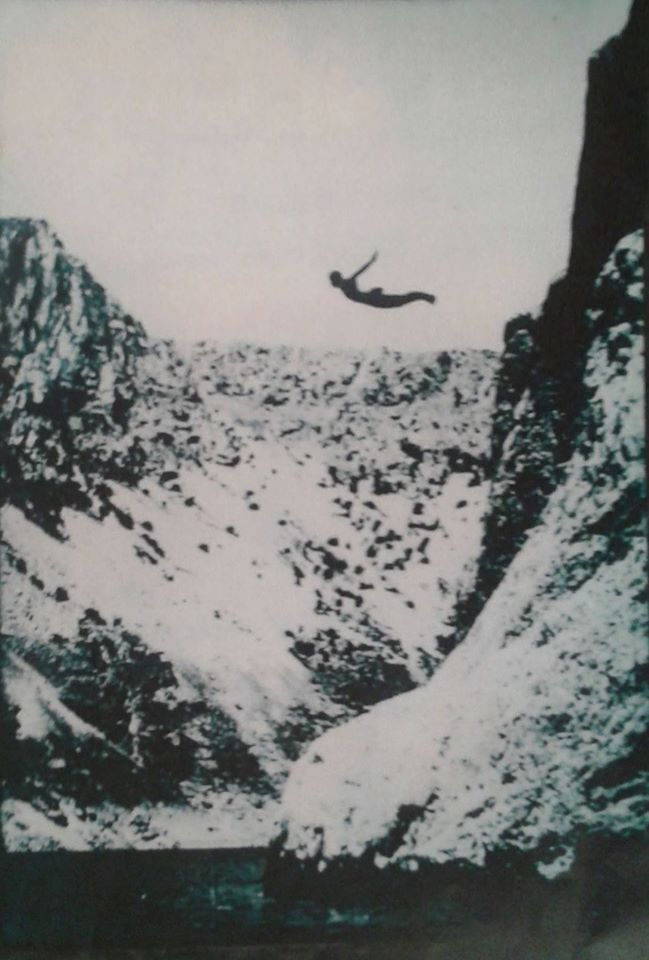
Imotski history was vivid and Imotski as a town had different cultural influences from Turks to Italians and of course local Croatian people. Most of the local legends are based partially on actual historical facts, which were then embellished somewhat. These legends are passed down from generation to generation.
One of most popular legends is the Hasanaginica legend – a story about a local woman who died for love and had her grave presumably next to the Blue lake. There is a local ballad which describes this event in details and it is translated in several languages after it was first written down in 18th century by Italian writer A. Fortis.
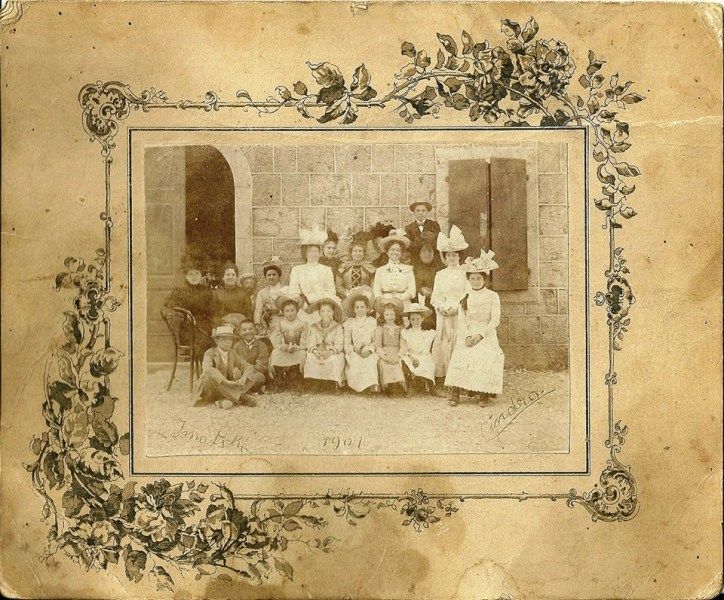
The Blue lake was apparently a great source for legends – there is a legend about fairies who lived on the lake and one fairy fell in love with a local boy but they did not have their happily ever after ending – the local boy died and the fairy waited for him on the rocks above the lake. In more recent history, locals are either Elves or Werewolves – depending on which side of the lake do they live. During hot summers the lake can dry out completely and then all the Werewolves and Elves come to the strangest football field in the world – the dried out bottom of the lake. During winter, they practice their football on the football pitch located right next to the lake.
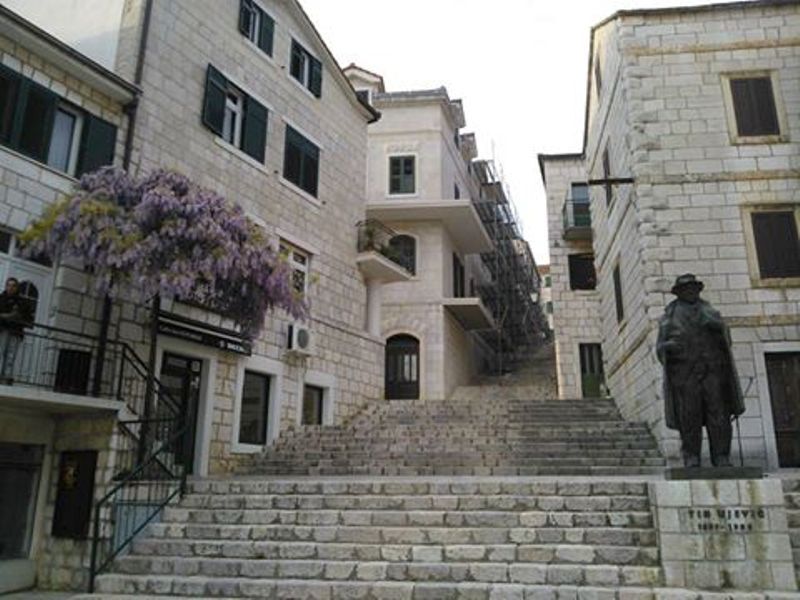
On the other hand, The Red lake has a legend of its own and local folk songs about it. The legend is probably a way of trying to explain origin of the lake. According to the legend, the Red lake is place where haughty local ruler Gavan had his estate which collapsed into the lake when his wife refused to give charity to an angel dressed as a beggar. She said “I don’t have need for your God, while I have my Gavan!” and then the ground shook, and Gavan and his estate fell in the abyss.
There is one about a local rebel or “hajduk” – a man called Andrijica Šimić who was a sort of local Robin Hood in the times of the Ottoman rule. Later on the name hajduk became a symbol for all the brave people who think out of the box and later on Split football club had its inspiration in the original Hajduk Andrijica Šimić himself, if you ask a local from Imotski.
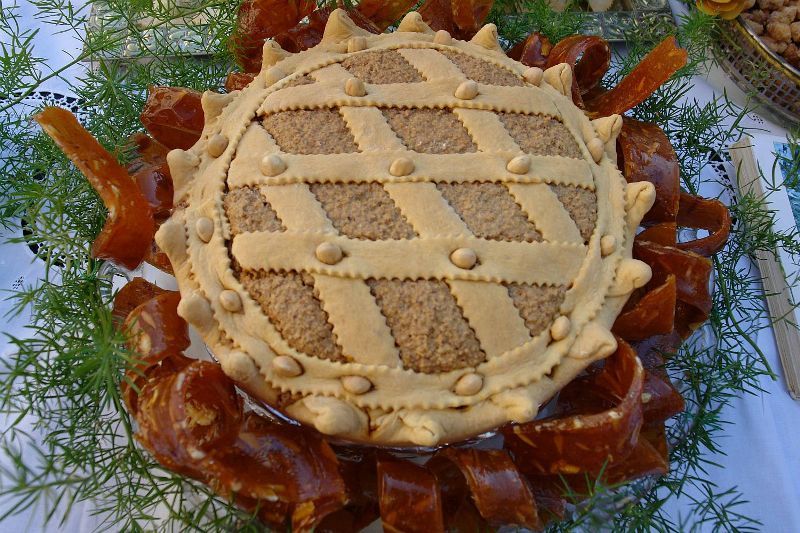
One of the most interesting local customs is definitely Ganga two-part singing – first invented at the end of 19th / beginning of 20th century. Similar traditional singing ojkanje is part of UNESCO intangible heritage, and there are debates weather ganga is part of ojkanje or should ganga be separately protected as intangible heritage. If interested in learning how to sing it, just ask some locals and see the examples on Ganga.hr webpage.
Local traditions include yearly preparation for carnival celebrations and Bako (Bacchus) festivities around this period. This tradition is not as popular today but it was huge several decades ago, and there are people who want to make it special again. Local festivities are often called “dernek” – synonym for a party where the whole town gathers together.
A popular celebration is the liberation of Imotski on 2nd August which will have its 300th anniversary next year. The local tourist board, municipality, Franciscan monastery and partners from University of Split and Zagreb have already planned themed exhibitions, a special monograph about Imotski, the start of restoration of fortress of Topana and different events such as scientific conferences, masses, celebrations etc. Special interest is in the renovation of Topana fortress, which has the potential to be an even bigger local sight than it is now, according to Luka Kolovrat, director of the Imotski tourist board. As always all the plans are dependent on financial resources but the part which is solely up to locals -promoting the region and its traditions, will be a success if we look into the results from the last few years.
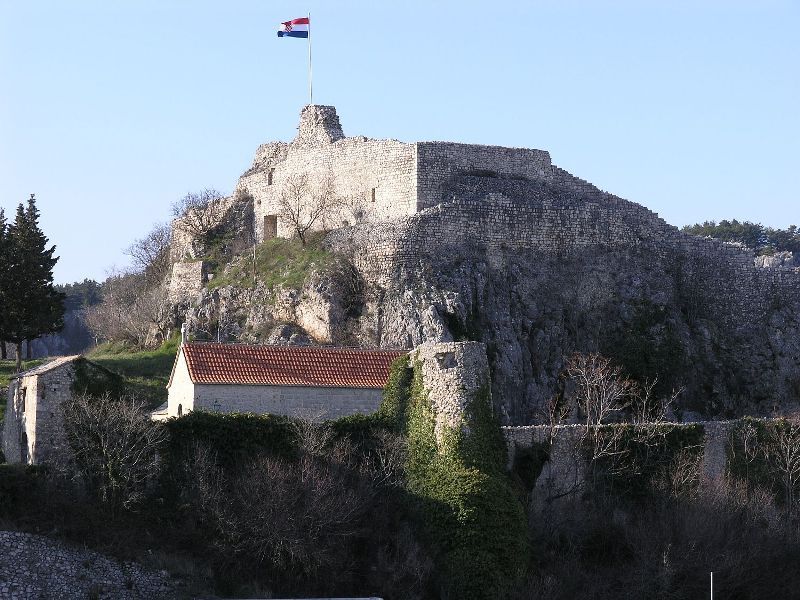
Efforts in presenting the heritage of Imotski are shared by all individuals, whether they are related to tourism or not, who try hard to present Imotski as a town full of undiscovered facts, history, traditions and secrets. That effort can be seen on social media activity which has expanded in recent years – there are more and more Facebook pages followed by websites with their main topic: traditions and heritage of Imotski.
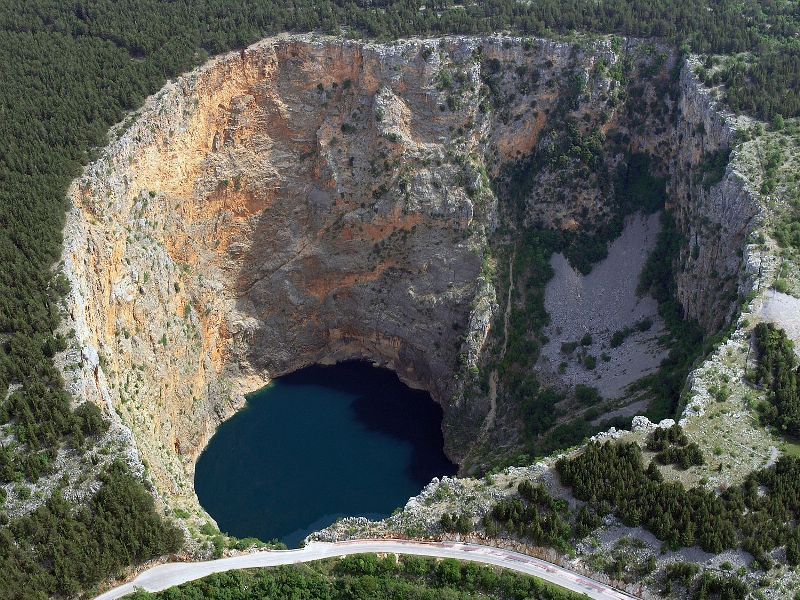
There are a lot of individual efforts to present this place as a valuable destination where one can spend quality time while on vacation. Starting with more and more heritage and culture inspired blogs and websites, Imotski is getting attention from the rest of Croatia and potential tourists. Some of the notable social media projects, blogs and websites are:
Total Inland Dalmatia blog which was one of the first to start organising an online boost for the Inland Dalmatiaand Imotski.
Tourist board Imotski official website is working hard on promoting the town of Imotski on different social media projects – Imotski Svitnjak and Discover Imotski.
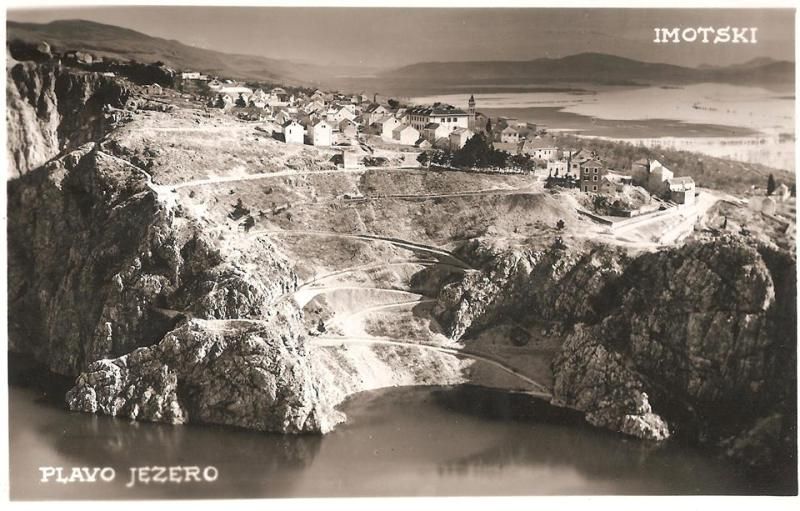
There are also different individuals working on reviving heritage through topical posts on culture, history and customs of town of Imotski – Jagul wine cellar, or projects which present local traditions of whole Imotski region – IMOart and Pametno moje didovo.
All of these projects aim to make Imotski recognisable and to promote all the traditions of the region. Some have focus on history and culture while other focus on nature and gastronomy, but they all have the same goal – presenting Imotski to the public and sharing its heritage with the world.
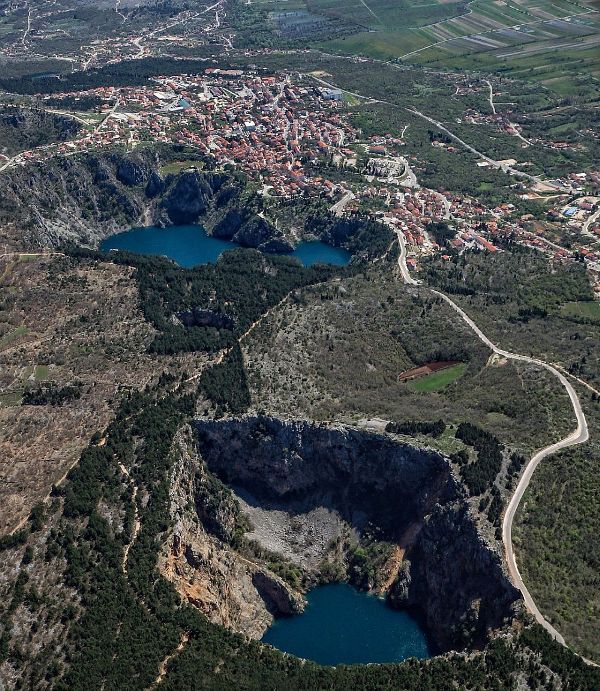
Efforts to revive the traditions and heritage of Imotski have resulted in a new wave of interest for a destination which was at times considered old fashioned. There have been significant improvements in developing Imotski as a destination and in local people’s awareness of the importance of promoting the region; the work is not done. Actually it has just started – both locally and on national level people should work more on developing and upgrading sustainable tourism and making an even bigger story out of Imotski. This task is not too hard – this hidden gem is full of stories, which just wait to be discovered.
All photos courtesy of Tourist Board Imotski and Jagul Wine Cellar. Video courtesy of Ganga.hr

